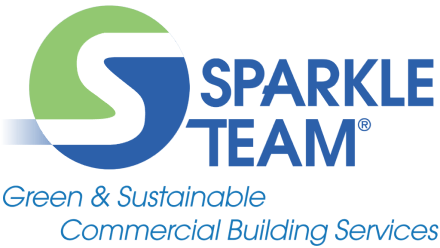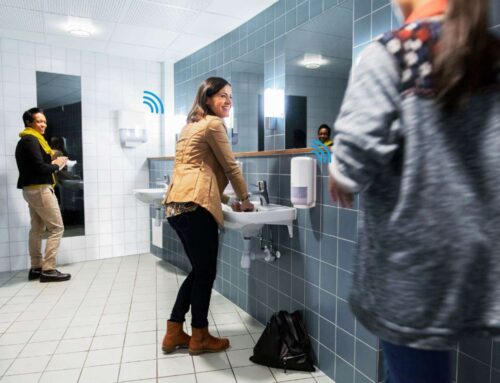What is Disinfection Anyways? Germs Post COVID-19
Following the COVID-19 outbreak, disinfection has become a key buzzword in public health, providing assurance for safety in shared spaces. But what exactly is disinfection, and how is it different from regular cleaning? And what does effective disinfection entail? We break down the science behind the disinfection process, and how to assess whether your own disinfection methods are really making a difference.
Cleaning vs. sanitizing vs. disinfecting:
Not all types of cleaning prove equal. Cleaning, sanitizing and disinfecting have specific standards in public health regulation. Cleaning only refers to the removal of visible dirt from surfaces, but does not claim to target disease-causing microbes. On the other hand, sanitizers must destroy 99.999% of bacteria in 30 seconds. They, however, do not target viruses.
Disinfectants must adhere to an even higher standard, able to destroy all microscopic organisms (including bacteria, fungi and viruses) on hard surfaces. The Environmental Protection Agency test these products to confirm their effectiveness. So to remove SARS-CoV-2 (the virus that causes COVID-19) from surfaces, you will need to disinfect rather than sanitize.
Best methods of disinfection:
The ability to destroy all microscopic organisms on surfaces is a tall order. Each disinfectant requires different procedures to achieve this high standard. Applying enough of the product evenly across the surface is key. For maximum efficacy, the product must stay on for the duration specified by the manufacturer, known as “dwell time.” Manually wiping off the disinfectant is also essential to remove the microbes. For improved performance, cleaning and removal of any visible grime should be done prior to the application of the disinfectant.
In response to the COVID-19 pandemic in 2020, the EPA approved a list of disinfectants (called List N) that specifically kill SARS-CoV-2. Recent research into the virus suggests that COVID-19 is more likely to spread through airborne transmission (in the air) than through contact with contaminated surfaces. So while disinfection remains a valuable defense, any comprehensive protection plan against COVID-19 should address aerosol transmission indoors. This should include social distancing and improved ventilation.
New disinfection technology:
Following the pandemic outbreak, new technology has flooded the market, claiming to speed up the disinfection process. Some prove valuable additions in the fight against COVID-19 and other infectious diseases. When used with an EPA-approved disinfectant, electrostatic sprayers can accelerate application of the product.
Recent studies have also suggested that ultraviolet light rays can destroy SARS-CoV-2. The FDA, however, advises that not enough data is available to establish the necessary dose, wavelength or duration to destroy SARS-CoV-2.





